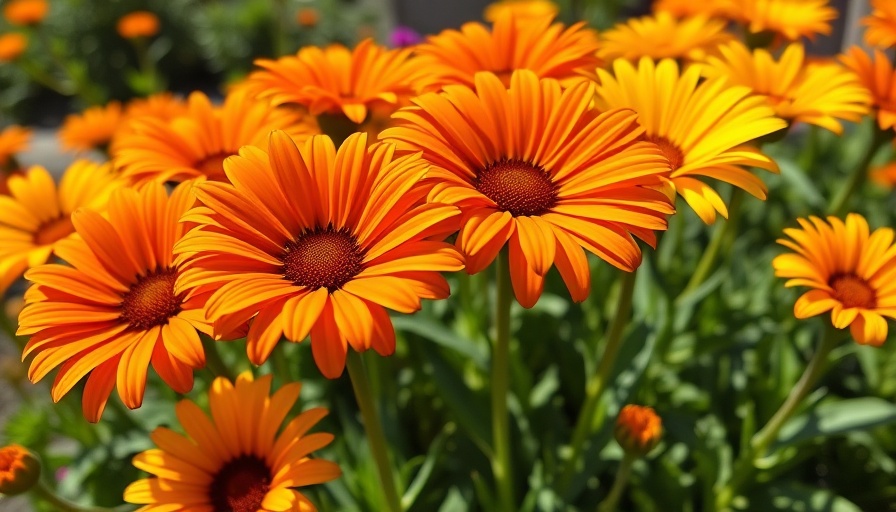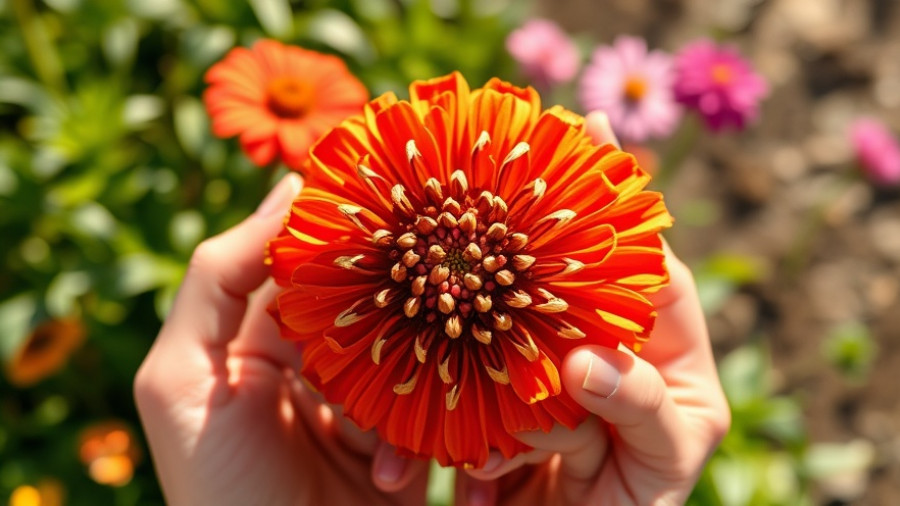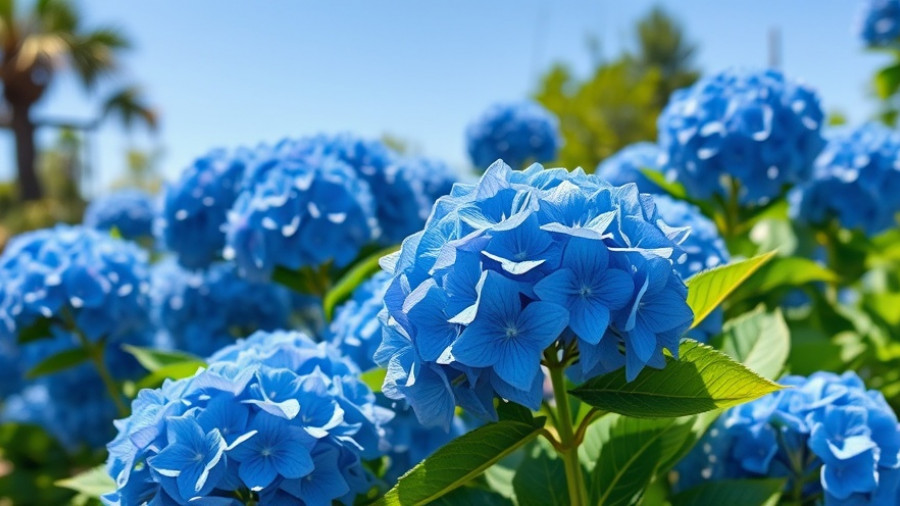
Unlocking the Beauty of Full Sun Annual Flowers
For gardening enthusiasts who revel in vibrant colors and lively blooms, annual flowers are the delightful gems that can turn any outdoor space into a botanical wonderland. Especially in areas where full sun is abundant, these flowers thrive and flourish, making them perfect candidates for your next gardening project. In this guide, we will explore the best annual flowers suited for sunny gardens, with tips and insights on how to make the most of your floral endeavors.
The Joy of Annual Flowers
Though often underappreciated in the gardening community, annual flowers provide some of the most stunning displays from spring to fall. They complete bloom cycles in a single season and are ideal for gardeners looking to introduce fresh colors every year. Even if they perish in winter, many self-seed, promising blooms in the next season without much hassle. This behavior ensures ongoing vibrancy in your garden, year after year.
Top Picks for Your Sunny Garden
When it comes to selecting the best annuals for full sun, consider these stunning varieties that add personality and flair:
California Poppy (Eschscholzia californica): This bright flower offers a vibrant show of orange blooms, perfect for creating a warm atmosphere in any garden.
Alyssum (Lobularia maritima): A low-growing perennial loved by bees, expect delightful clusters of small flowers in shades of white, purple, and pink.
Amaranth (Amaranthus spp.): Not just visually striking, the tall flowers, often in deep reds and purples, add a unique perspective to any arrangement.
Garden Planning Tips for Beginners
The beauty of annual flowers lies not only in their aesthetic appeal but also in their straightforward care needs. Here are some essential tips to help you create a flourishing garden:
Soil Preparation: Ensure well-draining, nutrient-rich soil for optimal growth. Mix in compost to give plants the resources they need to thrive.
Watering: Annual flowers require consistent moisture, especially while establishing. Water them deeply to encourage roots to grow strong.
Sun Exposure: Most full sun annuals will thrive in at least 6 hours of direct sunlight a day. Choose a sunny spot in your yard to maximize their potential.
Add Interest with Low Maintenance Landscaping
One of the best aspects of annual flowers is that they can fit seamlessly into a low maintenance landscape. Consider pairing them with native plants or perennial flowers that require less care. This way, while annuals offer immediate color, your backbone plants provide structure and sustainability.
The Importance of Seasonal Planning
Gardening is a cyclic activity, and understanding when to sow seeds versus when to plant seedlings is crucial for success. A handy seasonal planting guide can help you map out when to start your plants indoors and when to move them outdoors. For those eager to create garden beds overflowing with flowers, timing your planting correctly will ensure a thrilling bloom all season long.
Enhancing Your Outdoor Space
Annual flowers can also be an integral part of a larger landscape strategy. Think about integrating them into your backyard makeover alongside features like paver patios, outdoor kitchens, and fire pits. These elements with striking floral arrangements create inviting spaces for gatherings and relaxation.
Final Thoughts on Blooming Beauty
Embracing annual flowers not only beautifies your garden but also brings a sense of joy and accomplishment. With these vibrant plants, you can create a lively tapestry of colors that inspire and delight everyone who visits. So, roll up your sleeves and explore the sensation of nurturing your sunny garden.
 Add Row
Add Row  Add
Add 




Write A Comment